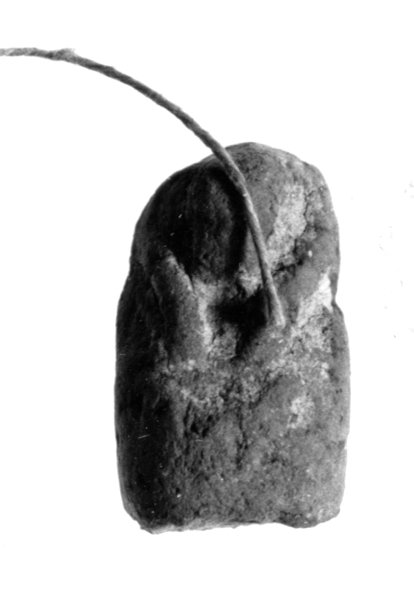
Ushabti
Egyptian Art
| Place of production | Egypt |
|---|---|
| Date | 6th-4th centuries B.C. |
| Object type | intaglio and similar objects, scarab, scaraboid, seal |
| Medium, technique | Stone |
| Dimensions | 5.1 x 3 x 7.3 cm |
| Inventory number | 51.2654 |
| Collection | Egyptian Art |
| On view | Museum of Fine Arts, Basement Floor, Ancient Egypt, Funerary beliefs |
Amulets, produced from various materials constitute one of the most characteristic groups of the Egyptian material culture, which can be found in almost all of the contexts and periods of Ancient Egypt. Amulets are generally small objects, which according to their form, size and colour had the power to provide magical protection for their users in everyday life, and in addition were used as tomb equipment for the netherworld.
In addition to funerary amulets, which provide general protection in the Netherworld, special types, affording protection to various parts of the body, were also common. The so-called heart scarab amulets form a special group. For the ancient Egyptians, the heart was the centre of thinking and the seat of the emotions, and it played a central role at the Judgement in the Netherworld. The heart scarabs with the inscription of Chapter 30B of the Book of the Dead were place onto the mummy bandage. The scarab form, which became one of the most common types of the protective amulets from the Middle Kingdom onwards, a unique symbol of rebirth, which was also frequent on the images of the seals used in administration.
This record is subject to revision due to ongoing research.